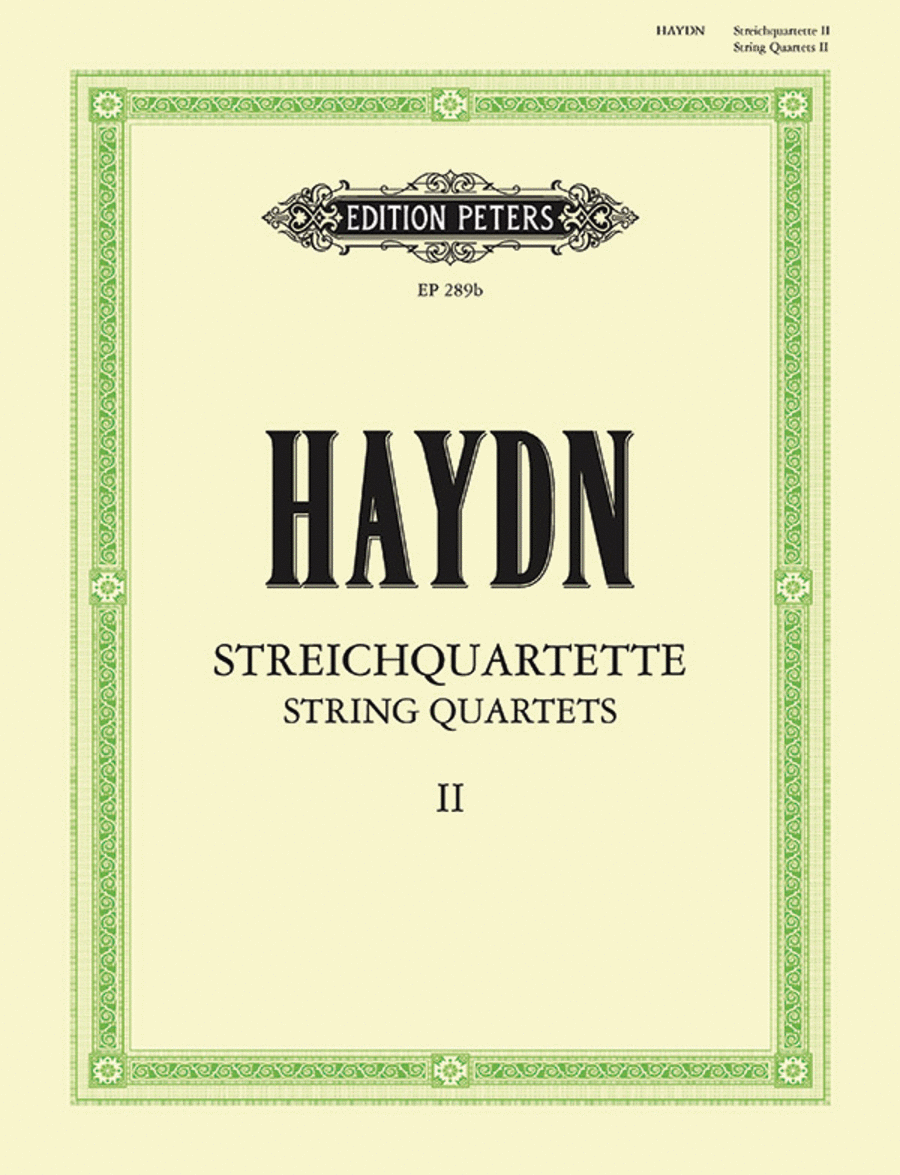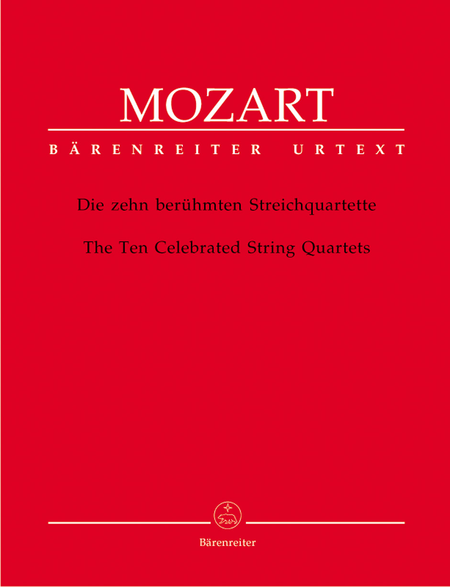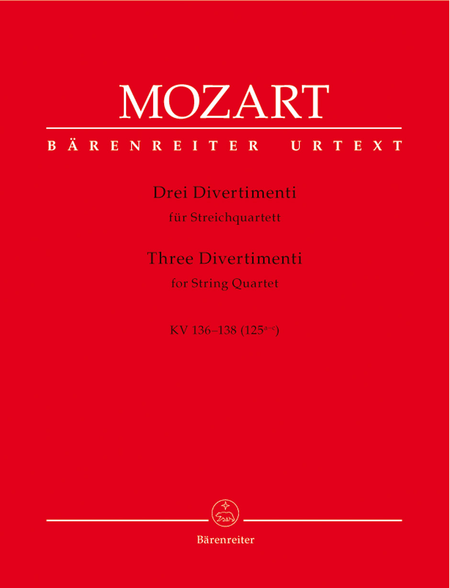Edvard Hagerup Grieg (1843 – 1907) was a Norwegian
composer and pianist. He is widely considered one of
the leading Romantic era composers, and his music is
part of the standard classical repertoire worldwide.
His use of Norwegian folk music in his own compositions
brought the music of Norway to fame, as well as helping
to develop a national identity, much as Jean Sibelius
did in Finland and Bed?ich Smetana in Bohemia. He is
the most celebrated person from the city of Bergen,
with numerous sta...(+)
Edvard Hagerup Grieg (1843 – 1907) was a Norwegian
composer and pianist. He is widely considered one of
the leading Romantic era composers, and his music is
part of the standard classical repertoire worldwide.
His use of Norwegian folk music in his own compositions
brought the music of Norway to fame, as well as helping
to develop a national identity, much as Jean Sibelius
did in Finland and Bed?ich Smetana in Bohemia. He is
the most celebrated person from the city of Bergen,
with numerous statues which depict his image, and many
cultural entities named after him: the city's largest
concert building (Grieg Hall), its most advanced music
school (Grieg Academy) and its professional choir
(Edvard Grieg Kor). The Edvard Grieg Museum at Grieg's
former home Troldhaugen is dedicated to his legacy.
Grieg composed the incidental music for Henrik Ibsen's
play Peer Gynt, which includes the excerpts "In the
Hall of the Mountain King" and "Morning Mood". In an
1874 letter to his friend Frants Beyer, Grieg expressed
his unhappiness with "Dance of the Mountain King's
Daughter", one of the movements in the Peer Gynt
incidental music, writing "I have also written
something for the scene in the hall of the mountain
King – something that I literally can't bear
listening to because it absolutely reeks of cow-pies,
exaggerated Norwegian nationalism, and trollish
self-satisfaction! But I have a hunch that the irony
will be discernible."
Grieg's Holberg Suite was originally written for the
piano, and later arranged by the composer for string
orchestra. Grieg wrote songs in which he set lyrics by
poets Heinrich Heine, Johann Wolfgang von Goethe,
Henrik Ibsen, Hans Christian Andersen, Rudyard Kipling
and others. Russian composer Nikolai Myaskovsky used a
theme by Grieg for the variations with which he closed
his Third String Quartet. Norwegian pianist Eva
Knardahl recorded the composer's complete piano music
on 13 LPs for BIS Records from 1977 to 1980. The
recordings were reissued during 2006 on 12 compact
discs, also on BIS Records. Grieg himself recorded many
of these piano works before his death in 1907. Pianist
Bertha Tapper edited Grieg’s piano works for
publication in America by Oliver Ditson.
Feeble and ailing, Grieg produced little in his final
years aside from these seven mood pieces for piano. For
the set, he dipped into sketches going back as far as
1867, but he did all the real work on the pieces in the
early years of the twentieth century. Grieg intended to
produce a suite of items larger in scale than his
popular Lyric Pieces, but although his tone here is
more serious, in truth these constitute only a minor
enlargement of scope. Grieg was an expert miniaturist
and folklorist and he put both strengths to use in this
suite, nearly his swan song. The nostalgic first
movement, "Resignation," expresses longing for his
Danish friend and fellow composer Julius Röntgen. It's
a very brief piece, with a slightly agitated section in
the middle. "Scherzo-Impromptu" is a playful piece
hinting at Grieg's Norwegian style; it's basically
monothematic, but contrasting treatments of the theme
(including a thoughtful passage near the end) give it
an episodic quality. "A Ride at Night" is the most
substantial item in the set, a nearly five-minute tone
poem for piano lacking a specific program, but
initially evoking such terrifying nocturnal equestrian
excursions as Liszt's Mazeppa and Sibelius' Night Ride
& Sunrise. At least that's true of the fast outer
sections, with their sinister harmonic touches; the
middle is an incongruously innocent respite, as if the
horse had paused for a snack in a moonlit meadow. The
flowing, pastoral "Folk Melody" borrows a ram's horn
tune from the Valdres district, which Grieg found in
L.M. Lindeman's collection of folk songs. The fifth
movement, "Study (Homage to Chopin)," is a virtuosic
interlude that had its origins in Grieg's 1867 sketches
for his first set of Lyric Pieces. "Students' Serenade"
employs singsong melodies tucked amid dark introductory
and bridge material that sounds strangely ominous. The
concluding "Mountaineer's Song" is a nationalist piece,
modal and haunting, evoking Norway's rugged landscape
with wandering melodies and unsettled harmonies.
Source: Wikipedia
(https://en.wikipedia.org/wiki/Edvard_Grieg).
Although originally composed for Solo Piano, I created
this Interpretation of "Studentenes serenade"
(Students' serenade) from "Moods" (Op. 73 No. 6) for
String Quartet (2 Violins, Viola & Cello).










